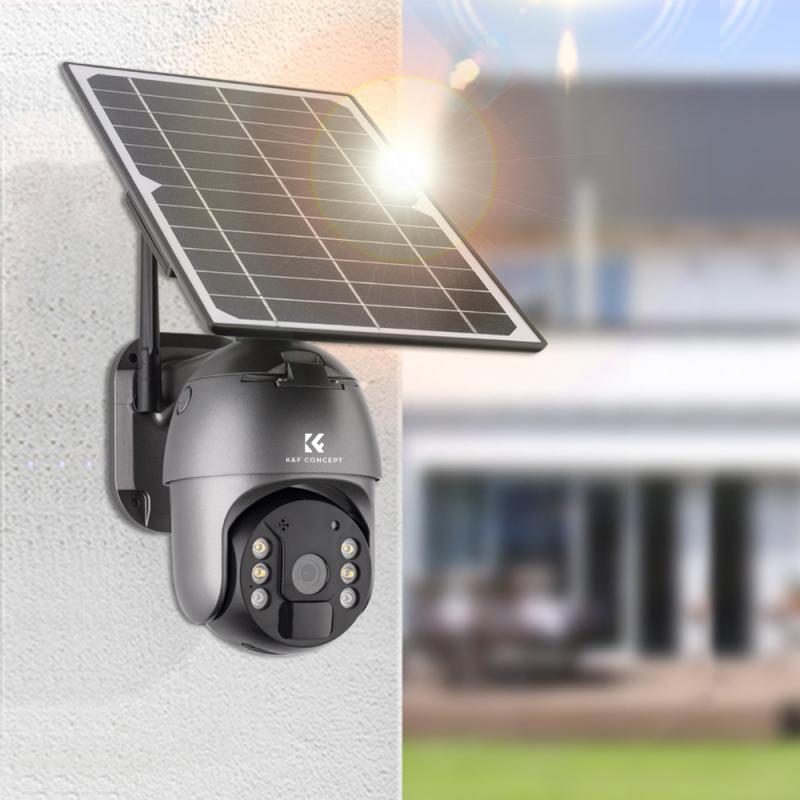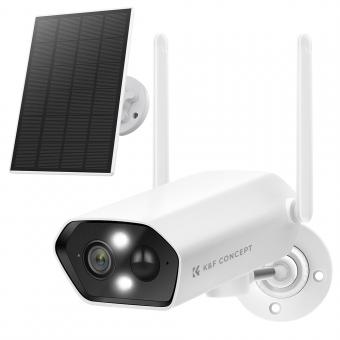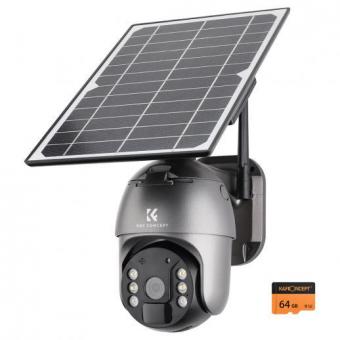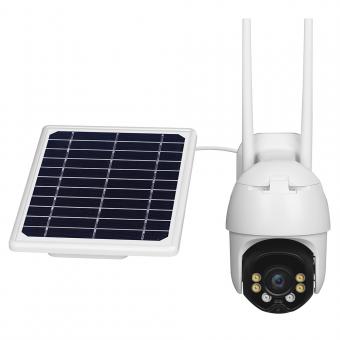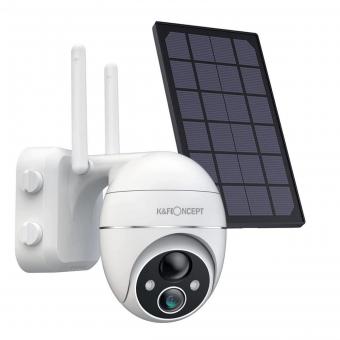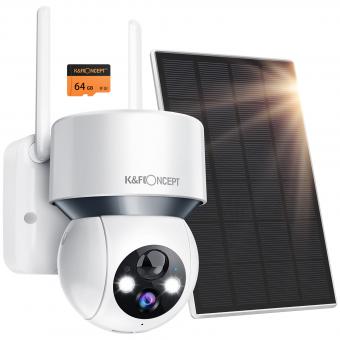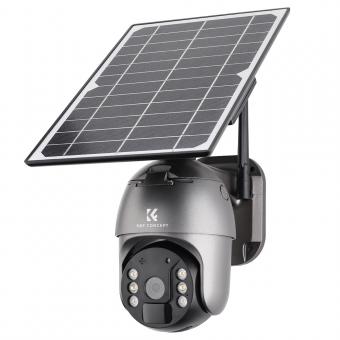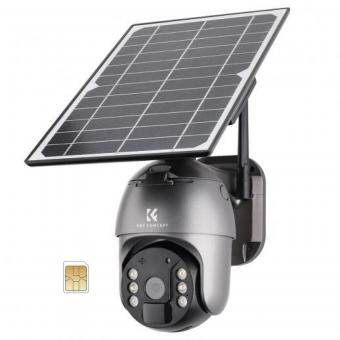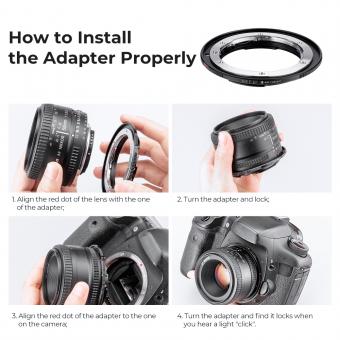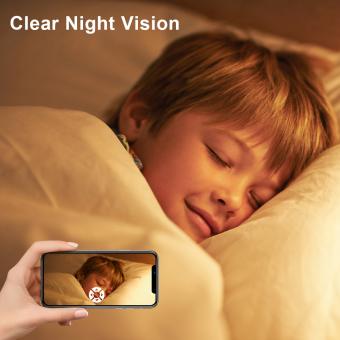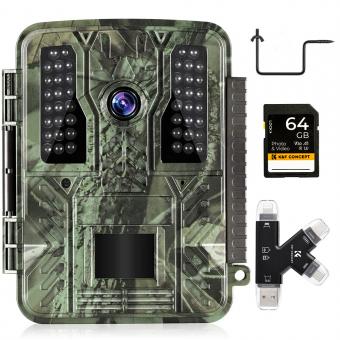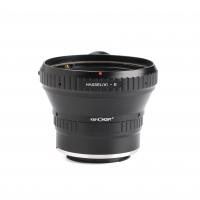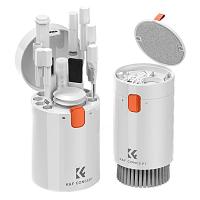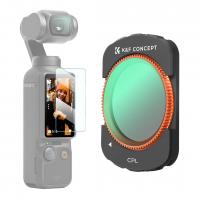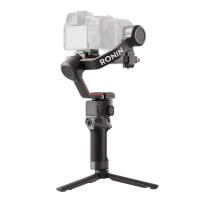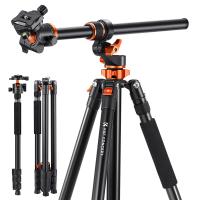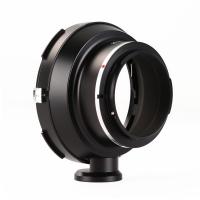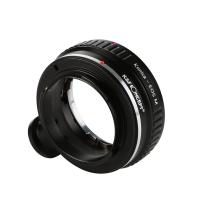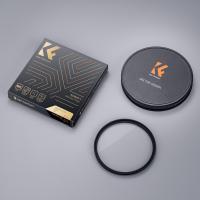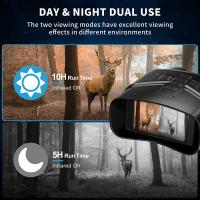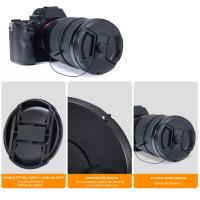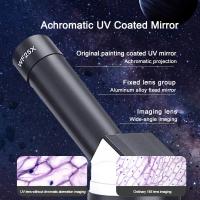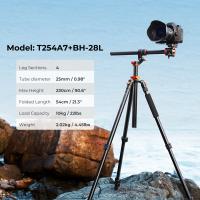Which Security Camera Is Best ?
There is no definitive answer to which security camera is the best as it depends on individual needs and preferences. Some popular options include the Arlo Pro 3, Nest Cam IQ Outdoor, and Ring Stick Up Cam. It is important to consider factors such as video quality, field of view, night vision capabilities, storage options, and integration with other smart home devices when choosing a security camera.
1、 Resolution: High-definition vs. standard-definition security cameras
When it comes to choosing the best security camera, one of the key factors to consider is the resolution. The resolution of a security camera determines the clarity and level of detail in the captured footage. In this regard, high-definition (HD) cameras have become increasingly popular in recent years.
HD security cameras offer a much higher resolution compared to standard-definition (SD) cameras. They typically have a resolution of 720p or 1080p, providing clear and sharp images. This increased level of detail can be crucial in identifying individuals or objects in the footage, making HD cameras a preferred choice for many security applications.
Furthermore, HD cameras often come with advanced features such as digital zoom, which allows users to zoom in on specific areas without losing image quality. This can be particularly useful in situations where a closer look is required, such as identifying license plate numbers or facial features.
Moreover, the cost of HD cameras has significantly decreased over the years, making them more affordable and accessible to a wider range of users. This affordability, combined with their superior image quality, has contributed to the growing popularity of HD security cameras in both residential and commercial settings.
However, it is important to note that the latest advancements in technology have introduced even higher resolutions, such as 4K and even 8K cameras. These ultra-high-definition cameras offer unparalleled clarity and detail, but they come at a higher cost. Therefore, the choice between HD and SD cameras ultimately depends on the specific needs and budget of the user.
In conclusion, when it comes to resolution, high-definition security cameras are generally considered the best option. They provide superior image quality, advanced features, and have become more affordable in recent years. However, it is worth considering the latest advancements in resolution technology and weighing them against budget constraints before making a final decision.
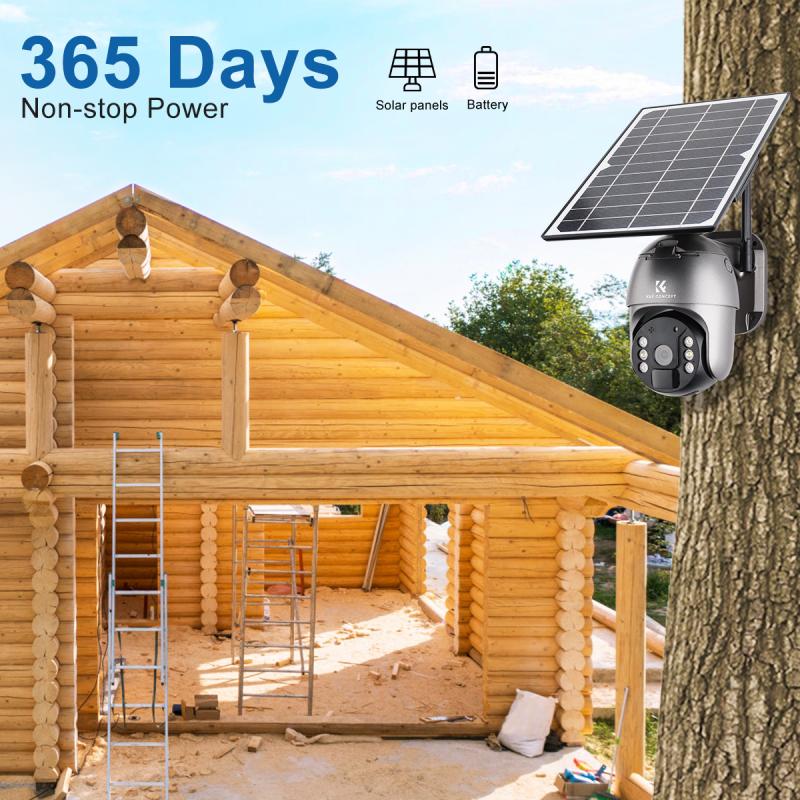
2、 Connectivity: Wired vs. wireless security camera systems
When it comes to choosing the best security camera, the decision between wired and wireless systems is a crucial factor to consider. Both options have their own advantages and disadvantages, so it ultimately depends on your specific needs and preferences.
Wired security camera systems offer a reliable and stable connection. They are typically more secure as they are not susceptible to interference or hacking. Additionally, wired cameras do not rely on Wi-Fi signals, ensuring a consistent and uninterrupted video feed. However, the installation process can be more complex and time-consuming, requiring cables to be run through walls or ceilings.
On the other hand, wireless security camera systems provide greater flexibility and ease of installation. They can be easily moved or repositioned as needed, making them ideal for renters or those who frequently change their surveillance needs. Wireless cameras also eliminate the need for running cables, reducing the risk of damage or tripping hazards. However, they are dependent on a stable Wi-Fi connection, which can be affected by signal interference or range limitations.
In terms of the latest point of view, wireless security camera systems have seen significant advancements in technology. Many now offer improved connectivity options, such as dual-band Wi-Fi or mesh networks, which enhance signal strength and reliability. Additionally, the development of battery-powered wireless cameras has made installation even more convenient, as they can be placed virtually anywhere without the need for a power source.
Ultimately, the best security camera system depends on your specific requirements. If you prioritize a stable and secure connection, a wired system may be the better choice. However, if flexibility and ease of installation are more important to you, a wireless system would be the way to go.
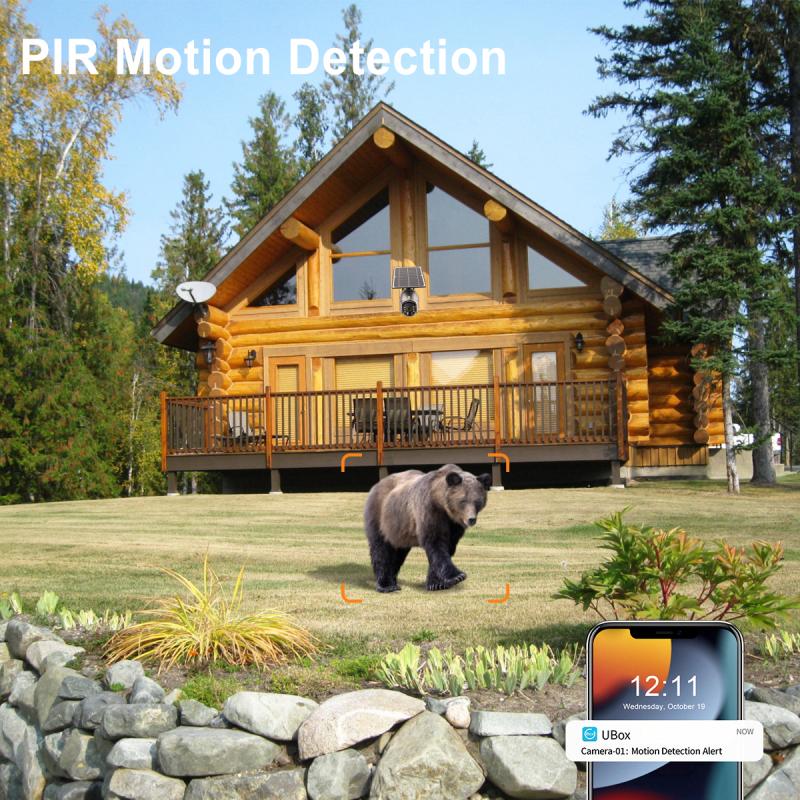
3、 Field of View: Wide-angle vs. narrow-angle security cameras
When it comes to choosing the best security camera, one important factor to consider is the field of view. The field of view refers to the area that a camera can capture and monitor. There are two main types of field of view: wide-angle and narrow-angle security cameras.
Wide-angle security cameras have a larger field of view, typically ranging from 90 to 180 degrees. These cameras are ideal for monitoring large areas such as parking lots, warehouses, or outdoor spaces. They can capture a wider area, reducing the number of cameras needed to cover a space. Wide-angle cameras are also useful for capturing more peripheral details, making them suitable for surveillance purposes.
On the other hand, narrow-angle security cameras have a smaller field of view, usually ranging from 30 to 60 degrees. These cameras are best suited for monitoring specific areas or objects in detail. Narrow-angle cameras are commonly used in indoor settings such as offices, retail stores, or homes, where a focused view is required.
The choice between wide-angle and narrow-angle security cameras depends on the specific needs of the surveillance area. If you need to monitor a large space or capture peripheral details, a wide-angle camera would be the better option. However, if you require a more focused view or need to monitor specific objects or areas, a narrow-angle camera would be more suitable.
It is important to note that the latest advancements in security camera technology have led to the development of cameras with adjustable fields of view. These cameras offer the flexibility to switch between wide-angle and narrow-angle views, providing the best of both worlds. This allows users to adapt the camera's field of view based on changing surveillance needs.
In conclusion, the choice between wide-angle and narrow-angle security cameras depends on the specific requirements of the surveillance area. Both types have their advantages, and the latest advancements in technology offer cameras with adjustable fields of view for added flexibility.
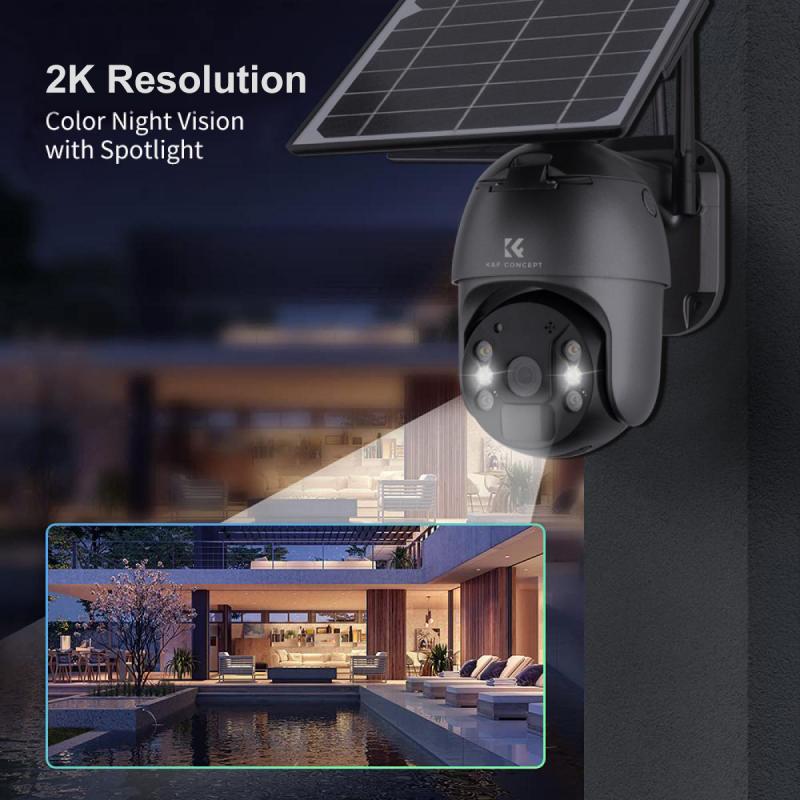
4、 Night Vision: Infrared vs. low-light security cameras
When it comes to choosing the best security camera for night vision, the decision often boils down to two options: infrared (IR) cameras and low-light cameras. Both types have their own advantages and considerations, so it's important to understand their differences before making a decision.
Infrared cameras use infrared light to illuminate the area and capture clear images in complete darkness. They emit infrared light that is invisible to the human eye but can be detected by the camera's sensor. This technology allows for excellent visibility in pitch-black conditions, making it ideal for areas with no ambient light sources. However, the range of infrared illumination can vary, so it's important to consider the specific needs of your surveillance area.
On the other hand, low-light cameras are designed to capture images in environments with minimal lighting. These cameras have highly sensitive sensors that can amplify available light, allowing for better visibility in low-light conditions. While they may not perform as well in complete darkness compared to infrared cameras, they can still provide usable footage in dimly lit areas.
The latest advancements in technology have led to significant improvements in both types of cameras. Infrared cameras now offer higher resolution and longer range illumination, while low-light cameras have better image processing capabilities and improved sensitivity to capture more details in challenging lighting conditions.
Ultimately, the choice between infrared and low-light cameras depends on the specific requirements of your surveillance needs. If you require surveillance in areas with no ambient light, such as outdoor spaces or unlit rooms, infrared cameras are the better option. However, if you have some existing lighting or need to capture details in low-light conditions, low-light cameras may be more suitable.
It's important to consider factors such as the range of illumination, resolution, and image processing capabilities when selecting a security camera for night vision. Consulting with a professional or doing thorough research can help you make an informed decision based on your specific requirements.
